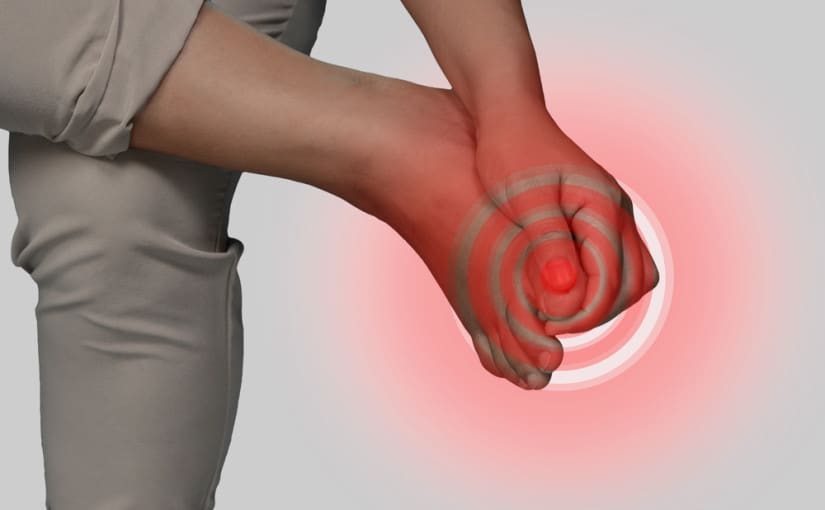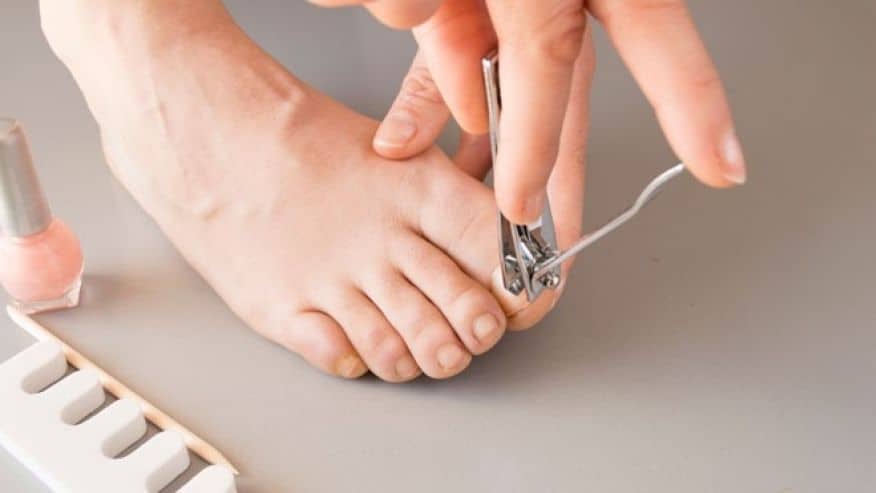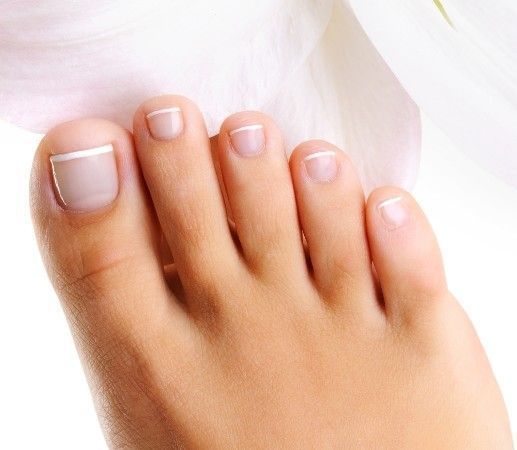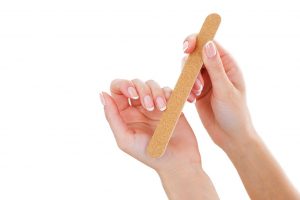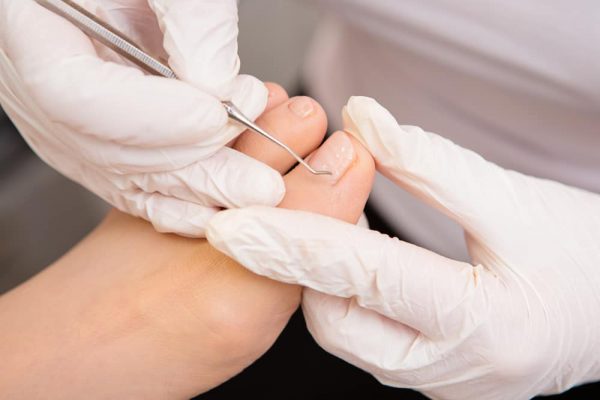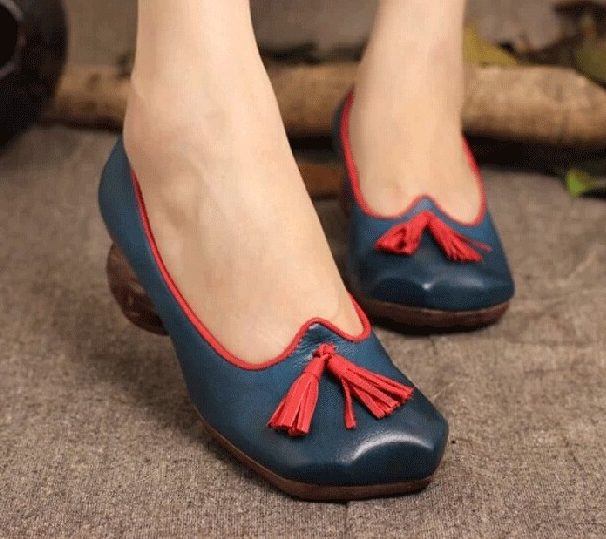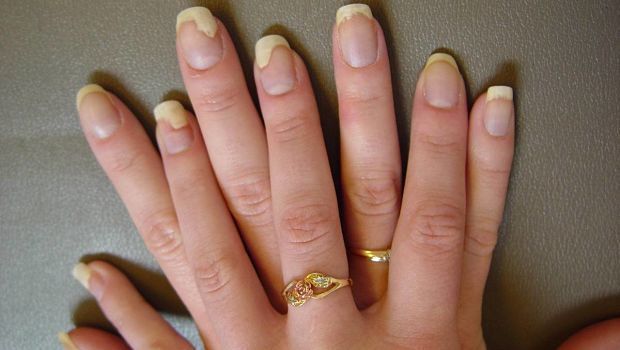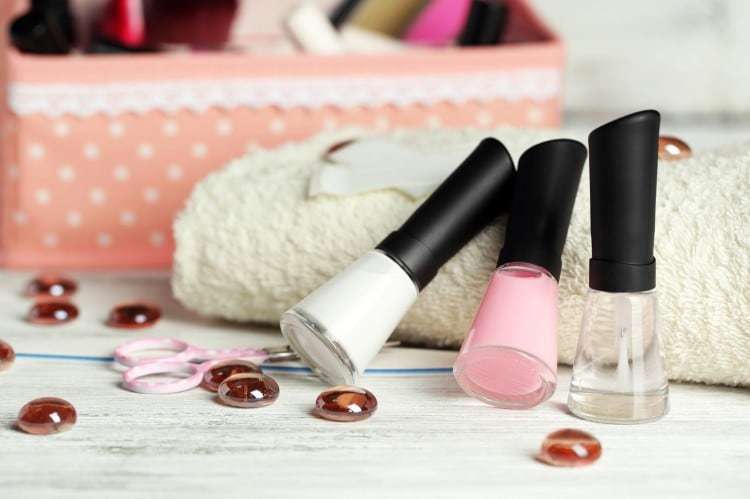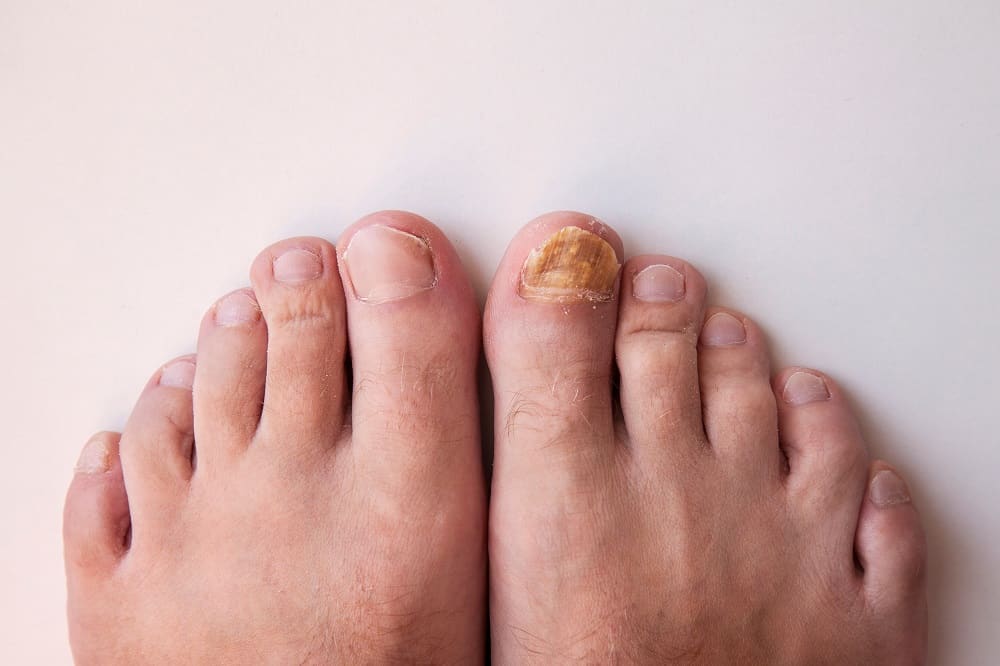Pincer Nail: Symptoms, Causes & Treatments
Ever noticed how the nails of the toes are curving inwards? Felt that constant pain? Chances are, you have at least one pincer nail. Pincer nails are quite common, although very often, it goes undetected as a malaise and is put down to an anomaly. Let us dispel the myth and dig deeper into this condition.
What Is Pincer Nail?
Pincer nail is a situation which arises when the lateral edges of the nail curve, trying to meet each other. It is also known as trumpet nail. When the nail bends too much, it starts exerting pressure on the skin and the flesh. This is when you start feeling uncomfortable and begin to realize the accompanying pain. Pincer nail is a common feature in toenails, although many manicurists have also reported pincer nail under the fingernails.
Symptoms of Pincer Nail
A pincer nail is not easy to recognize. Let us take a look at the most common (and the not-so-common) symptoms of a pincer nail:
Inflammation
When the nail ingrowth starts pressing on the flesh under the nails, the area swells up and reddens. This starts as a mild pain, which multiplies if left untreated.
Discomfort under the nail
Sometimes, even before the pain manifests itself, some people feel like something is stuck under the surface of the nail. They make failed attempts at dislodging the ‘foreign particle’ when actually, it is the unnatural position of the nail which gives rise to this feeling.
Disappearing edges
Recognition of this symptom is solely possible by a mindful manicurist (or you, if you file your own nails). When it becomes difficult to access the edges of the nail, it is a symptom of the early stages of a pincer nail. The lateral edges would have just begum curving inwards.
Causes of Pincer Nail
Nearly ten percent of the population suffers from a pincer nail. While there are some superficial reasons behind this malady, other causes are more deep-seated.
- Improper filing: The most glaring cause of a pincer nail is a shoddy filing. Manicurists may hurry through a sitting or they may be using a wrong technique of filing. Sometimes, if the free edge of the nail is filed in excess, the skin grows out to cover the gap. Subsequent growth of the nail pushes it deeper into the skin.
Alternatively, during filing, sometimes, you may miss a jutting spur, given how tiny these things can be. These spurs then begin growing into the skin, causing pincer nail.
- Fungal infection: In some cases, fungal infections may alter the direction and nature of growth of the nail. This causes the nail to grow inwards, pinching the skin and resulting in a pincer nail.
- Physiological conditions: A pincer nail may also be a result of a natural growth of the nail in question. In some rare cases, it may even be linked to hereditary connections. More often, however, advancing age or any other health condition is to blame.
- Improper filling: Older women not only battle the onset of degenerative arthritis but also face flexibility and visibility issues at the time of filing, This leads to overlooked spurs and faster degeneration of nails. Pregnant women may face similar issues while filing their nails.
- Bad footwear: Women who wear very fitting shoes are at higher risk of developing a pincer nail. With little space between the toes, all it needs is a small spur to latch on to the skin and begin an ingrowth.
Treatments
While it is certainly possible to avoid a pincer nail, once you contract it, there are ways out of it too. In fact, every woman should be aware of a pincer nail home treatment.
File it right
This works best when the pincer nail is still in its early stages. A manicurist can soak the nail in warm water and massage the skin gently, away from the nail. If the area is swollen and red, it is wise to dip the nail in an antiseptic solution. Once the nail is softened, file the lateral edge of the nail. Make sure that no spurs or edges remain. This is an easy pincer nail home treatment, but if things have already gone out of hand, it is advisable to leave this task to the professionals.
Surgery
In some chronic cases, you may require surgical aid to remove a part of the offending nail. Medical practitioners sometimes apply a special kind of cream to make sure that the nail does not grow in the wrong direction again.
Right shoes
Despite all these measures, a pincer nail can return if you are not careful with your footwear. Put on shoes that are wide at the toes, so that the nails do not get compressed.
Infographic on Pincer Nail
A pincer nail can be quite painful and comes in the way of a good manicure. Fortunately, there are remedies to correct the situation. But faster the detection, the better the results of these treatments.

